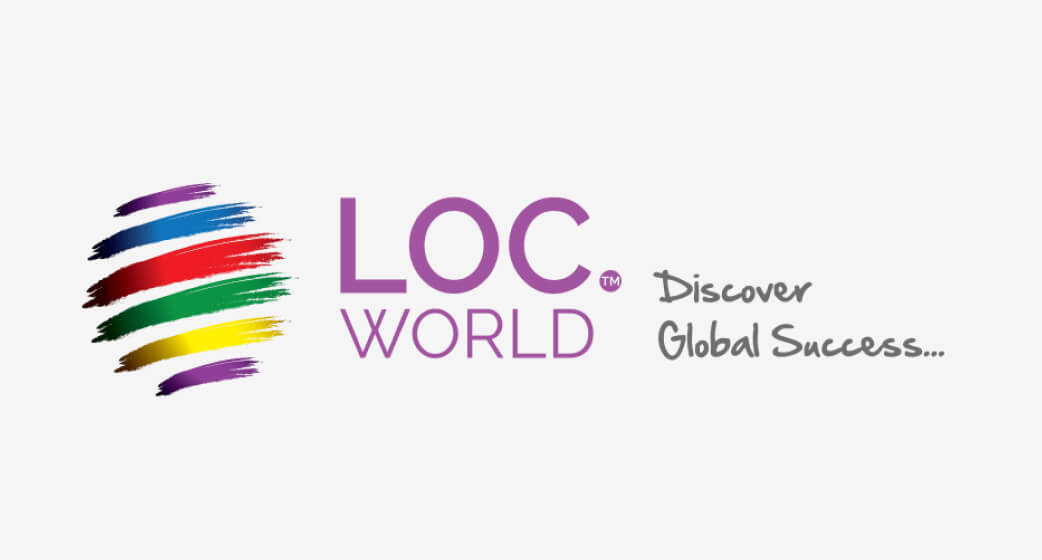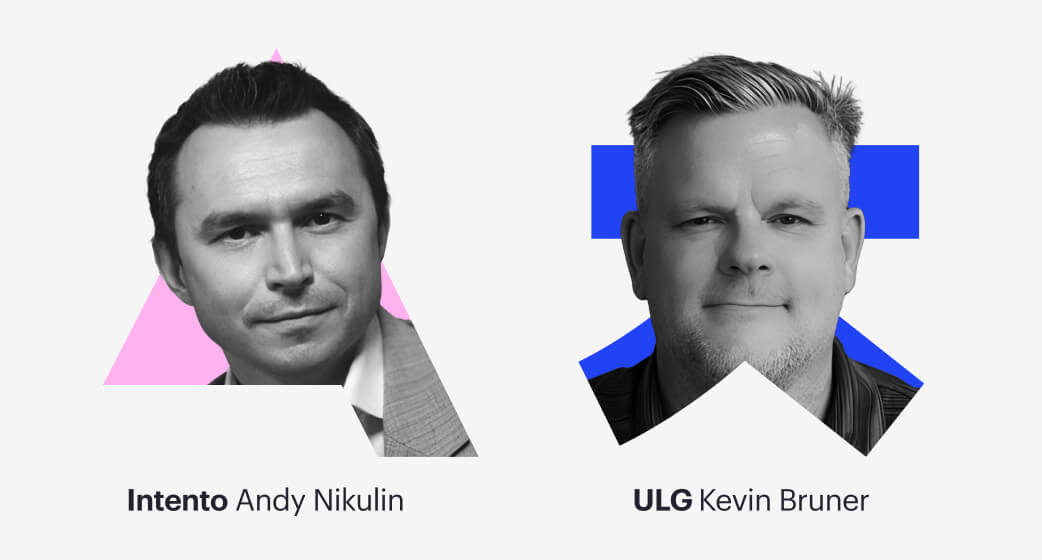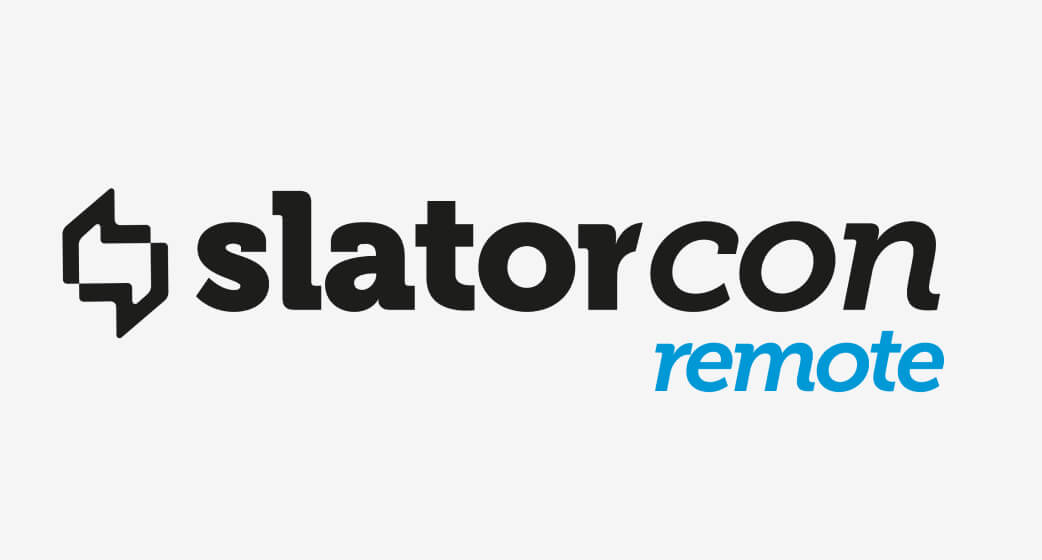Machine translation is becoming a must-have for most, if not all, localization managers. At the same time, it’s becoming increasingly difficult to navigate the tough terrain of the constantly changing MT landscape.
How do you start when every vendor seems to have an MT offering? More importantly, how do you make sure your new MT program is actively growing your business?
In October 2021, at LocWorldWide45, we brought together localization managers representing various industries, from Agilent, Amadeus, AstraZeneca, and IKEA to explore the biggest challenges they faced when first developing their MT programs.
Keep reading to learn about the lessons they learned, the best strategies discovered, and future goals for MT.
• • •
LocWorld45 tapped into all walks of the localization community to uncover and discuss the boundaries that were pushed in the past year. Through the pandemic, the localization industry has grown despite the challenges faced. New technologies and practices are creating a modern status quo of accepted norms, and those adopting AI-empowered MT are witnessing remarkable boosts in both productivity and ROI. Konstantin Savenkov asked Carmen Aviles Suarez (Localization Manager, Agilent), Mathieu Lonchampt (Head of Service Digitalization, Amadeus), Christos Makropolous (Global IT Training and Language Services, AstraZeneca), and Johan Sporre (Engineering Manager, IKEA) to share their thoughts on where to begin, and how to get MT right the first time.
• • •
Check out the highlights:
Success stories in MT development
Agilent began playing around with MT back in 2017 when they realized that neural machine translation was bringing a different level of quality. This grabbed their attention because marketing content historically had been a little harder to digest. The team implemented machine translation for their community-oriented user-generated content — and the pilot was successful. Positive feedback drove MT into different areas of content, such as their website and user information manuals.
“The reality in the digital space is that we get more content created under the same budget in less time” — Carmen Aviles Suarez, Agilent
AstraZeneca started to explore translation technologies in 2018, introducing it to the enterprise last year. The introduction dramatically increased the footprint; in H1 this year they translated 250M words through a solution that involved both AI and post-editing. The 450% increase in word count from their pilot year has played a huge part in their operations and efforts to make the vaccine safer for all.
“MT is a pivotal tool for driving inclusion” — Christos Makropolous, AstraZeneca
Amadeus works with customers all over the world in 60 different languages. They started to utilize MT around 2.5 years ago mainly to distribute educational information to different customers around the world. They had a massive knowledge base but were having trouble getting their ~ 4,000 articles translated. MT addressed the challenge of supporting customers that were not comfortable with English through their 24/7 customer support system.
The team injected millions of cases of their content to train the different engines and gauge output. Beginning to work with a TMS and the Intento MT Hub, the localization team had a big competitive advantage in terms of financial contributions to the company. Eventually, the practice spread the benefits to other departments such as marketing and billing.
“A real eye-opener was seeing how good machine translation was compared to human” — Mathieu Lonchampt, Amadeus
IKEA started with IT support, including chatbots, but began to expand beyond technology services. They viewed MT as a solution that should be available to everyone throughout the company. One of the most important growth factors was feedback on the translations. This is a huge step to improving the outcomes.
Handle the biggest challenges, from security to adoption
You can expect to face challenges of continuity during adoption — often large parts of the organization are used to getting things done in a specific manner. You have to get across the minimization of overheads, and maximization of productivity, not as a long-term win but as an immediate win. This will convince hesitant executives that MT is well worth the investment.
“When you prove your concept, funding is not an issue” — Christos Makropolous, AstraZeneca
You also need to get employers to grasp what it means to work alongside AI. You need to set expectations; it doesn’t mean that you are never going to hire human translators ever again, just that you need to restructure around working with AI. You need to get people to understand that AI is there to make your job easier and more efficient, not as a replacement.
There are often initial concerns over privacy, mainly coming from the IT and Legal departments. These are issues to expect, but the proof is in the pudding. Properly run AI and MT are safe and secure. Intento’s technology guarantees that you will always comply with global regulations and that you can always translate content safely without exposing confidential data.
Recognize your ‘eureka moment’, when it’s time to ramp up
Often with MT adoption, you run into a moment when the pieces begin to fall into place. You realize that it’s time to ramp up your efforts and build on the success that you’ve discovered. For Amadeus, it was a blind test. Evaluators did not know whether it was machine translation or human and seeing the success of MT was a huge eureka moment — they started lobbying with other divisions, showing how MT is changing the game.
Agilent’s eureka moment came after receiving customer feedback from surveys conducted. Once they started providing machine translation, access to content became extremely impressive. Internal concerns around output quality were proven wrong by customer feedback. Real non-English speaking customers began reporting strong satisfaction, specifically for user-generated content. High-quality output was also reflected in the steady increase of usage for these services. After seeing these benefits, more departments within the company became willing to test it.
“The Agilent community began to receive the solution with open arms” — Carmen Aviles Suarez, Agilent
AstraZeneca was solidifying its MT program almost at the exact same time that the pandemic hit. Like most other companies, people rapidly altered their way of work, depending much more on online resources. This was a catalyst for adoption across the organization, and the feedback from internal social media and communications praised the results. In terms of outward-facing change, the company began to provide lifesaving information to oncology patients in their native language within 24-hours. Before MT, this process would have had to go through multiple phases and vendors. Success in those areas of actual impact really drove AstraZeneca to continuously improve its MT tools.
MT can be a gamechanger for companies that try to emphasize inclusion, internally and externally. The level of inclusion brought about by their MT program is what made IKEA realize they were onto something with machine translation. 75% of all customers contacting IT support were getting in touch via machine translation chat, which is a level of success that can be built on moving forward. Even though they initially approached MT with a focus on cost, the inclusion and availability have been the truly outstanding difference.
“Even though we started by focusing on costs, once we built the different sites using machine translation, we realized that we were actually creating inclusion” — Johan Sporre, IKEA
• • •
Key lessons learned from the experts
Here are the main lessons learned by the localization professionals through growing and benefiting from their MT programs:
- Embrace new technologies, and don’t be afraid to fail. Make sure you understand your user base and then test, test, test to see how it will work for you and your organization.
- Keep your enthusiasm, but make sure that you intelligently design your process at the same time.
- Trust the process. Your MT program will be constantly evolving and improving — and wider adoption comes easily once you prove that success.



